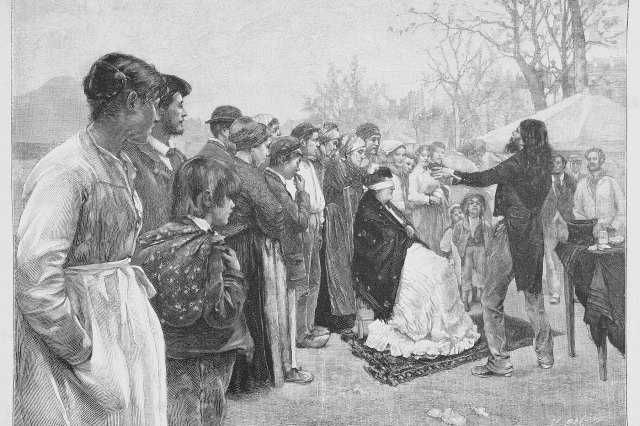The ancient Egyptians were the first to divide the day into 24 parts.
Ever wondered why there are 24 hours in a day? We have the ancient Egyptians to thank, at least in part. The basis for our modern calendar dates back to the New Kingdom period of ancient Egypt, around 1550 BCE to 1069 BCE. During this era — about a thousand years after the construction of the Great Pyramids of Giza — the Egyptians became the first civilization to divide the day into 24 smaller parts — though with a couple of key differences to how we do it today.
For starters, the ancient timekeeping system tracked daytime and nighttime separately, with each divided into 12 parts. Also, these parts — which were measured in various ways, including sundials and water clocks — were not hours as we think of them today. Known as temporal hours or daylight hours, their length changed with the total amount of daylight at different times of year: For instance, the daytime hours would be longer in the summer than in the winter. So why 12? There are a couple of theories. Ancient astronomical tables suggest that nighttime was divided into 12 hours based on how the stars moved across the sky over time, as well as the cycles of the moon. It’s also possible these Egyptian timekeepers were following the duodecimal system, which is based on the easily divisible number 12, and was used in many ancient cultures.
It wasn’t until the second century BCE that the idea emerged to break the day into 24 parts of equal length, a concept first introduced by the ancient Greek astronomer Hipparchus. The 24-hour day became the standard for tracking time throughout Europe in the Middle Ages, and remains so to this day.
You may also like
Recommendations For You
-
01.
 Science & Industry
Science & IndustryWhy Did Doctors Wear Beak Masks During the Bubonic Plague?
-
02.
 Science & Industry
Science & Industry5 Inventions That Came Out of the Great Depression
-
03.
 Science & Industry
Science & Industry6 Amazing Breakthroughs Made by the Ancient Greeks
-
04.
 Science & Industry
Science & Industry6 Shocking “Scientific” Beliefs From Victorian England











